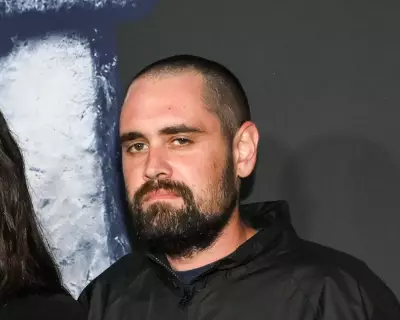
Serbia stands at a political precipice as tens of thousands of protesters flood the streets of Belgrade, creating a dramatic split in the nation just weeks before crucial snap elections that could determine the country's future trajectory.
Student-Led Movement Gains Momentum
What began as a series of campus demonstrations has evolved into a formidable protest movement, with students and young activists forming the vanguard of opposition to President Aleksandar Vucic's government. The protests have swelled in size and intensity, drawing participants from across Serbian society who demand political change and government accountability.
Election Timing Sparks Controversy
The decision to call early elections has intensified the political standoff, with opposition groups accusing the government of attempting to consolidate power while public discontent runs high. The timing has been criticised as strategically advantageous for the ruling party, potentially allowing them to capitalise on a fragmented opposition.
Divided Nation, Uncertain Future
The protests have exposed deep fissures within Serbian society, pitting urban youth and liberal voters against more conservative rural populations. This division reflects broader questions about Serbia's geopolitical orientation and domestic priorities as the country navigates complex relationships with both the European Union and traditional allies like Russia.
International Observers Watch Closely
The European Union and other international bodies are monitoring the situation with growing concern, aware that the outcome of Serbia's political crisis could have significant implications for regional stability. The protests represent not just domestic discontent but also a potential shift in the Balkan nation's international alignment.
As the election date approaches, the streets of Belgrade have become the stage for a dramatic confrontation between government authority and popular dissent, with both sides digging in for what promises to be a pivotal moment in Serbia's post-communist history.





